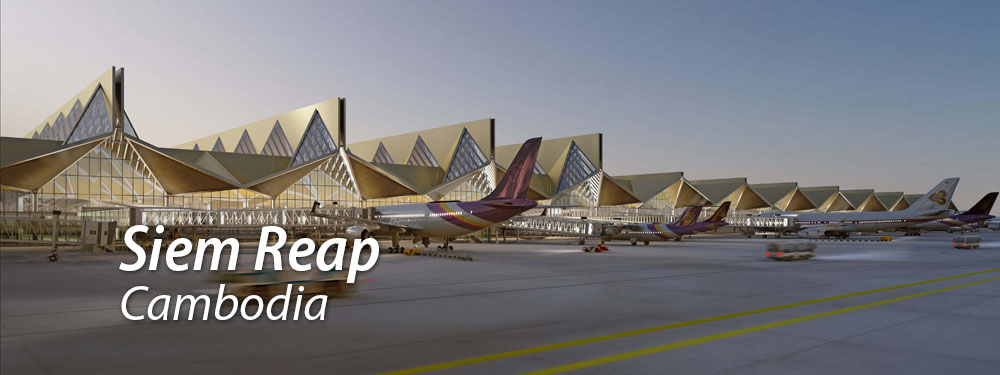Master Planning
An airport development plan (master plan) is a conceptual plan that covers all relevant parts of an airport (i.e. airside, terminal, landside, landside access system). As it derives from an unconstrained development concept it is a comprehensive planning approach that takes all restrictions and limitations into account. The development is based on the ultimate vision – i.e. the maximum development stage at the end of the development period – which it reflects in individual development phases (phased concept), thus ensuring the right capacity at the lowest possible investment costs for each specific development phase.
Scope
- Demand analysis
- Detailed traffic volume analysis (passengers, aircraft movements, cargo volumes, catering, fuel tons, etc.)
- Peak hour analysis of passengers, aircraft movements, etc.
- Constraints analysis
- Definition of quality standards
- Elaboration of a design parameter catalogue
- Capacity calculation – top-down approach – based on quality standards, benchmarks and AIRPORT COMPETENCE’s international experience
- Elaboration of a comprehensive capacity model
- Conceptual planning – airport development plan (airside, terminal, landside, landside access system, etc.)
- Scenario analysis
- Phasing concept – ultimate vision
- Functional layout (terminal)
- CAPEX calculation (phased over the entire timeline)
- Elaboration of a master plan report (airside, terminal, landside, landside access system, CAPEX, etc.)
Benefits
- Industrial standard in accordance with the ICAO Airport Planning Manual Doc 9184-AN/902 Part 1 and Annex 14 Aerodrome Design and Operations
- Secures the right capacity over the course of the entire development period
- Establishes and maintains the “balance of systems”
- Avoids capacity bottlenecks – especially when certain parts are temporarily not in operation
- Avoids unnecessary overcapacity, prevents excessive and premature investments
- Transparent visualisation of space and equipment requirements over the entire development period
- Avoids stranded investments
- Avoids inefficient layouts (airside, terminal, landside, etc.)
- Lays the foundation for financing concepts
- Provides the basis for an airport valuation
- Attracts potential shareholders









